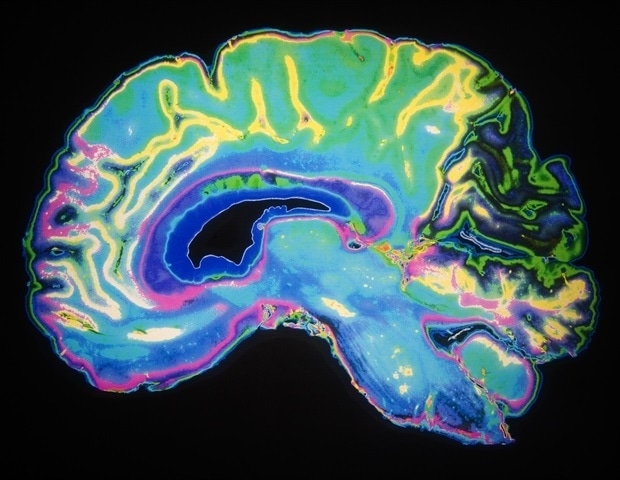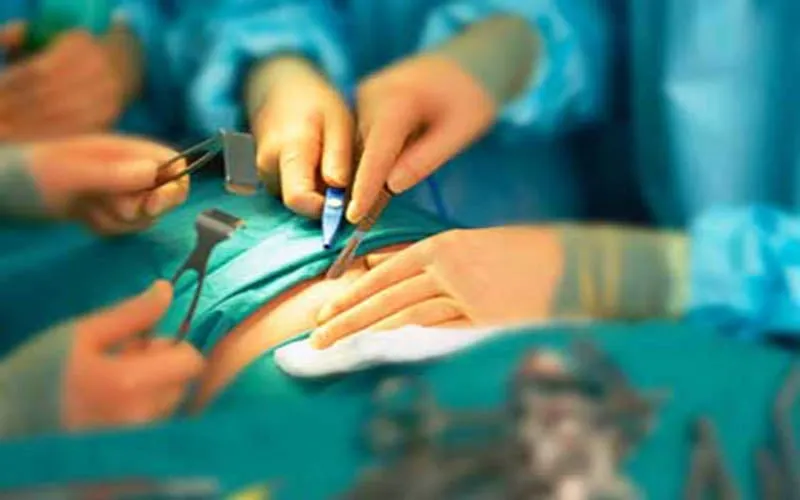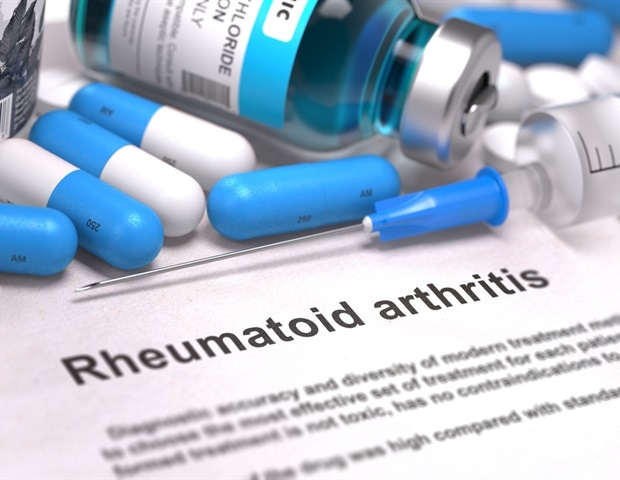
For decades, the brain has been viewed as a machine powered by electrical impulses and neurotransmitters. But what if it is more than that–what if it also uses light? Yes, real light—faint, ultra-weak light emissions called biophotons. Detection of ultraweak photon emission has also been reported in bacteria, fungi, seeds, and animal tissues.
After Popp’s discovery, biophysicists theorized that biophotons may coordinate cellular function, metabolism, replication, and regeneration—challenging conventional biochemical models of how cells function. Although it’s still debated, biophotons might also be used for communication. Scientists still debate precisely how biophotons arise in the body, but the prevailing theory points to metabolic processes, especially those involving reactive oxygen species (ROS).

ROS are highly reactive oxygen-based molecules that, in large amounts, can harm cells. Yet, they also play an essential role in normal cellular functions. When ROS interact with specific cell components, they can create “excited” molecules that release tiny flashes of light—called photons—upon returning to a more stable state.
Mitochondria, often referred to as the cell’s powerhouses, may be key contributors to generating these microscopic bursts of brilliance. To understand how these excited molecules emit light, imagine an atom as a miniature solar system with a nucleus at the center and electrons orbiting around it. When an electron absorbs energy, it hops to a higher orbit.
As it settles back down to a lower orbit, it gives off that extra energy in the form of light—like a tiny firework show inside the atom. While modern quantum mechanics has substantially refined this “Bohr model”—which states that a positively charged nucleus is surrounded by negative electrons moving around the nucleus in orbits that correspond to distinct energy levels—the core idea remains: Electrons returning from an energized state to a lower state emit light. Neurons appear to employ a similar process, making it possible for these subtle glimmers, or biophotons, to be produced right in our own bodies.
When a cell is injured, some scientists believe that it emits bursts of light to signal distress, like sending an SOS beacon. Think of how your body instinctively repairs a scraped knee by directing immune cells and nutrients to the injury site. Neurons might employ a similar strategy, using light to initiate repair.
Some scientists propose that different wavelengths of biophotons generated in the body may activate different healing mechanisms, helping cells repair themselves. Scientists are actively exploring light therapy as a potential treatment for conditions such as Alzheimer’s disease, Parkinson’s disease, depression, brain injuries, and stroke. If external light can help heal the body, it may be possible for the light that we generate within ourselves to have similar restorative power.
The relationship between light and cellular function isn’t limited to healing—it also marks the very beginning of life. Astonishingly, scientists have captured actual images of what happens when an egg and sperm cell meet for the first time: A burst of light is emitted. This flash, often called the “zinc spark,” signals the start of a new life.
It’s as if cells recognize each other through light before they even begin dividing. Popp described eating as “sucking the light out of food”—not just metaphorically, but as an actual process of extracting and using stored light energy at a biochemical level. Plants capture the energy from sunlight and store it in chemical bonds through photosynthesis.
When you eat plants, those bonds break and reorganize in the body, releasing energy that fuels your body. Just like neurons produce light, we extract light from food—electrons shifting between energy states as food breaks down in our bodies. Popp proposed that the energy we obtain from food is fundamentally light energy.
This aligns with Albert Einstein’s famous equation, E = mc2 (or energy equals mass multiplied by the speed of light squared)—which reveals that mass itself is a concentrated form of energy. Therefore, even though food has physical mass, it is ultimately stored sunlight. Have you noticed how light—whether from the sun, artificial sources, or within your own body—affects your mood, energy, or focus?.















